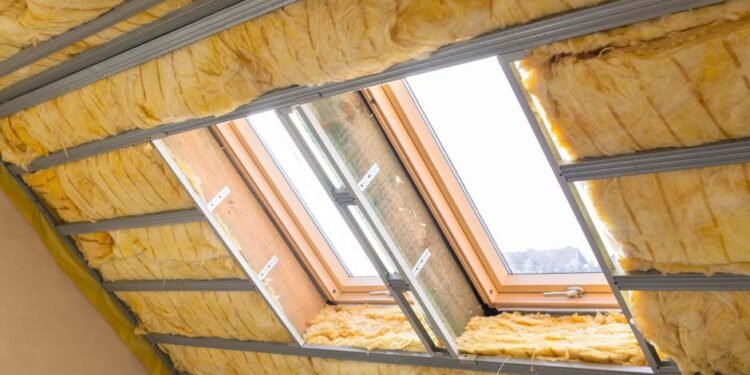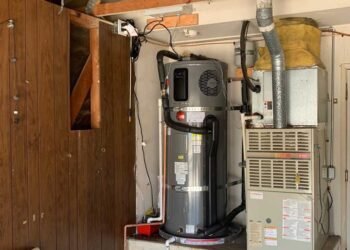Insulation is one of the key factors associated with energy efficiency at home. The government is investing heavily in this space through measures like the Great British Insulation Scheme. This is an important element of its wider environmental strategy that aims to see the UK become net zero by 2050.
In this article, we uncover the importance of insulation and explain some of the best practices when it comes to insulating a roof.
Why is effective roof insulation important?
The bottom line is that roof insulation keeps more heat in your home. A poorly insulated roof will allow warmth to escape, which is effectively energy loss and wastage. You then have to use more energy to heat your home to the required temperature and this increases energy consumption.
With effective insulation, you minimise the amount of energy required to heat your home, allowing you to save on electricity or gas bills and reducing your carbon footprint.
The more houses with proper insulation, the less energy we’ll have to use to heat our homes as a society. This is only good for the planet, reducing carbon emissions and demands on natural resources.
What roof insulation materials are best?
There are a variety of materials suitable for roof insulation. The most commonly used are synthetic products that are cost-effective and often convenient to use. These include:
- Mineral wool
- Glass wool
- Sheet insulation
- Foil insulation
- Spray foam insulation
Natural alternatives are available for those wanting to invest in eco-friendly materials. These usually cost more and can be trickier to install, but they’re more sustainable. These include:
- Sheep wool
- Thermo-hemp
- Cellulose fibre
What should I avoid when insulating a roof?
Insulation needs to be installed properly to ensure that complications don’t arise. In a roof space, avoid blocking any existing ventilation because these are crucial to minimise the risk of damp and mould. You may need additional ventilation if you’re upgrading your roof insulation.
Any materials used for insulation are best left uncompressed, so be careful when installing and handling them. Compacting will reduce their capacity to trap air and thus reduce their effectiveness.
A handy tip if you’re self-installing: unwrap insulation products in your roof space because they will be a nightmare to move around once they’ve been released from their packaging.
Does roof insulation need maintenance?
Properly installed roof insulation shouldn’t need maintenance, but it’s always worth checking in now and again to ensure that no issues are unfolding. Watch out for excessive damp and condensation, because this can make insulation less effective and potentially damage your home over time.
Quality roof insulation should last a good few decades, so you can sit back and relax as your home becomes more energy efficient!












